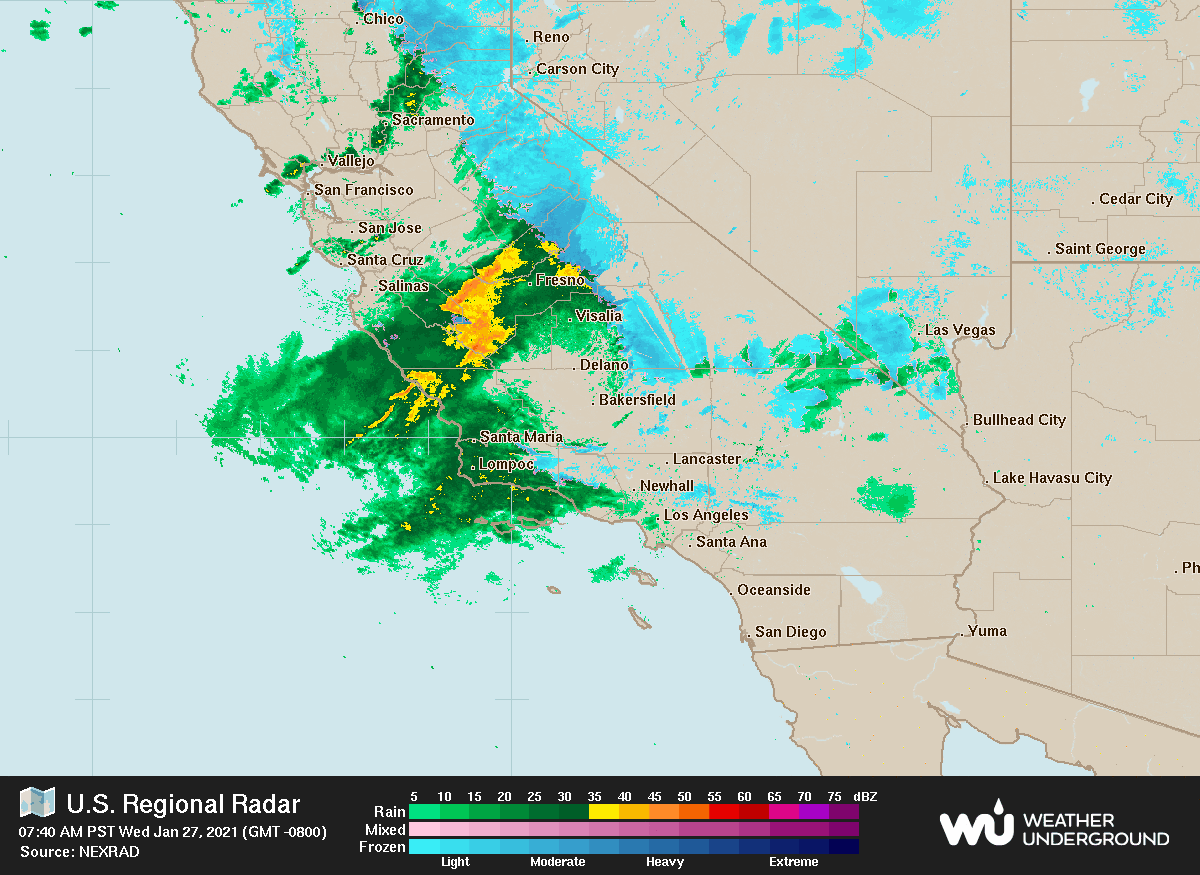

Understanding The Weather Map Of San Diego, CA: A Comprehensive Guide
San Diego, CA is renowned for its beautiful weather, making it a sought-after destination for tourists and residents alike. The weather map of San Diego provides critical information that can help individuals plan their daily activities, vacations, and outdoor events effectively. In this article, we will explore what a weather map is, the significance of understanding weather patterns, and an in-depth analysis of the weather map specific to San Diego, CA. Whether you're a local or a visitor, knowing how to read and interpret weather maps can enhance your experience in this sunny city.
Weather maps are graphical representations of the meteorological conditions in a specific area at a given time. They include various elements such as temperature, precipitation, humidity, and wind direction, which are crucial for predicting weather changes. For San Diego, understanding these elements is vital due to its unique climate influenced by coastal and desert conditions. This article will provide you with the knowledge to navigate these maps and make informed decisions based on the weather forecast.
Throughout this guide, we will delve into various aspects of the weather in San Diego, including its historical patterns, seasonal changes, and the importance of real-time weather updates. By the end of this article, you will gain a comprehensive understanding of the weather map for San Diego, CA, equipping you with the necessary tools to plan your activities around the city's beautiful weather.
Table of Contents
- What is a Weather Map?
- Importance of Weather Maps
- Weather Map of San Diego, CA
- Seasonal Weather Patterns in San Diego
- How to Read the Weather Map
- Real-Time Weather Updates
- Common Misconceptions About San Diego Weather
- Conclusion
What is a Weather Map?
A weather map is a visual representation of meteorological data that gives insights into the current and future weather conditions. These maps include various symbols and colors to indicate different weather elements:
- Temperature: Shown using color gradients, typically with red for higher temperatures and blue for lower ones.
- Precipitation: Represented with symbols such as raindrops or snowflakes, indicating areas of rainfall or snow.
- Wind Direction: Illustrated with arrows that show the direction the wind is coming from.
- Pressure Systems: High and low-pressure areas are marked, which are crucial for predicting weather changes.
Importance of Weather Maps
Understanding weather maps is essential for several reasons:
- Planning Activities: Residents and tourists can plan outdoor activities and events based on accurate weather forecasts.
- Safety: Awareness of severe weather conditions can help individuals take necessary precautions.
- Agriculture: Farmers rely on weather maps to make informed decisions about planting and harvesting crops.
- Travel: Travelers can adjust their itineraries based on expected weather conditions, enhancing their experiences.
Weather Map of San Diego, CA
San Diego has a Mediterranean climate characterized by mild, wet winters and hot, dry summers. The weather map for San Diego typically displays the following features:
- Temperature Variations: Daytime highs can reach the 80s°F in summer, while winter temperatures generally range from the 50s°F to 70s°F.
- Precipitation: The city receives most of its rainfall between December and March, with averages of 10-12 inches per year.
- Microclimates: Due to its varied topography, San Diego has several microclimates, resulting in different weather conditions across the region.
Climate Data Table for San Diego
| Month | Average High (°F) | Average Low (°F) | Precipitation (inches) |
|---|---|---|---|
| January | 65 | 48 | 2.5 |
| February | 65 | 49 | 2.3 |
| March | 67 | 50 | 1.9 |
| April | 69 | 53 | 0.9 |
| May | 70 | 56 | 0.3 |
| June | 75 | 60 | 0.1 |
| July | 78 | 63 | 0.0 |
| August | 80 | 64 | 0.0 |
| September | 78 | 62 | 0.2 |
| October | 75 | 58 | 0.5 |
| November | 68 | 52 | 1.5 |
| December | 65 | 48 | 2.0 |
Seasonal Weather Patterns in San Diego
San Diego experiences distinct seasonal weather patterns that influence the overall climate:
Winter (December - February)
Winter in San Diego is mild, with temperatures averaging between 48°F and 65°F. This season sees the highest rainfall, making it vital for residents to prepare for occasional storms.
Spring (March - May)
Spring heralds warmer temperatures and clearer skies, with averages ranging from 50°F to 70°F. Rainfall decreases significantly, allowing for more outdoor activities.
Summer (June - August)
Summer brings warm, sunny days with temperatures often exceeding 80°F. This is the driest season, perfect for beachgoers and outdoor enthusiasts.
Fall (September - November)
Fall sees a gradual cooling of temperatures, with averages between 58°F and 78°F. While rainfall begins to increase, sunny days are still prevalent, making it an ideal time for visitors.
How to Read the Weather Map
Reading a weather map effectively requires understanding the symbols and colors used. Here are some tips:
- Familiarize Yourself with the Legend: Every weather map includes a legend that explains the symbols used.
- Observe Color Gradients: Colors indicate temperature ranges and precipitation levels.
- Pay Attention to Pressure Systems: High and low-pressure systems can indicate changing weather conditions.
- Use Multiple Sources: Cross-reference weather maps with local forecasts for accurate information.
Real-Time Weather Updates
For the most accurate and up-to-date weather information, consider utilizing the following resources:
- National Weather Service (NWS): Provides comprehensive weather forecasts and alerts.
- Weather Apps:
Delpino Custom Homes: Crafting Your Dream Residence
Engineering At Northwestern: A Comprehensive Guide To Innovation And Excellence
No Mas Fight: Understanding The Rise Of Peaceful Conflict Resolution
Article Recommendations


